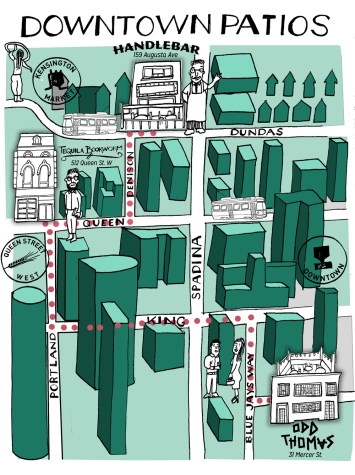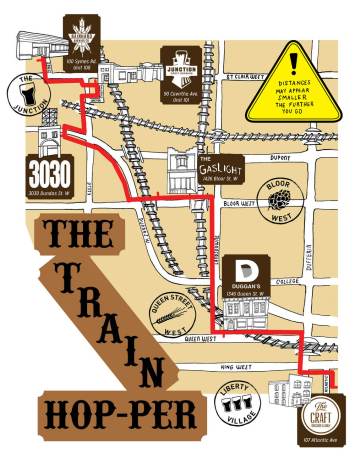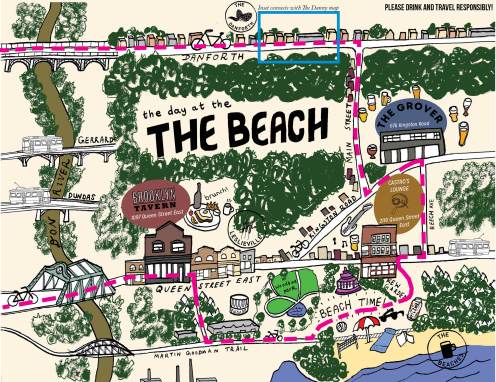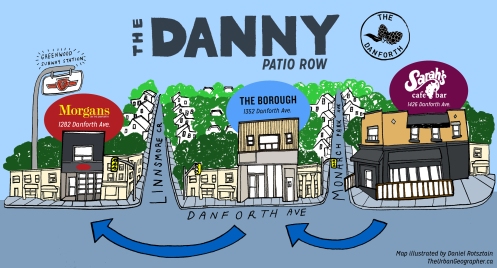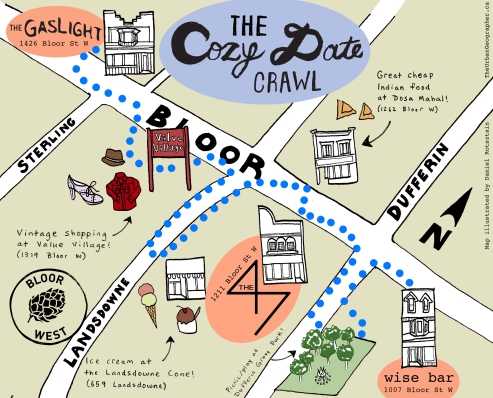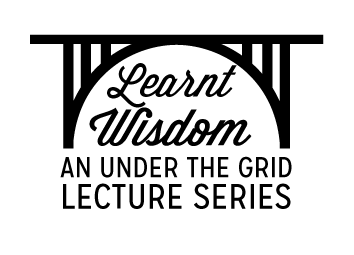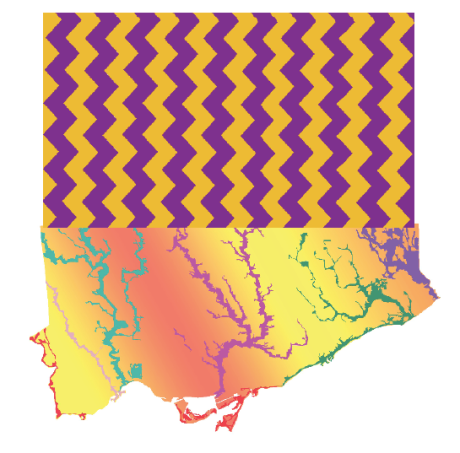
There are, perhaps, no streets more different in Guelph than Alice Street and Woodlawn Road.
On Alice, a jumble of brick houses have been built up to the edge of the street. Before the rise of big box, Alice Street was a hybrid residential-commercial thoroughfare and the heart of the Italian community with general stores and shoe shops in its reconfigured houses. Many of these shops have since turned back into houses, but have been forever distinguished by their past modifications. The effect is an incredibly unique streetscape, like I’ve never seen before, a street of houses with unique DIY renovations, where neighbours hang out on front porches, cars drive slow – the feeling of village and the height of urbanity.
Those aforementioned big box stores – well, they eventually ended up on Woodlawn Road, a street at the northern edge of the city and home to Guelph’s Wal-Mart, Home Depot and various other gigantic corporate retailers.
Woodlawn is a street no one loves but everyone must visit eventually. When I first moved to Guelph, I ended up there countless times, dreading my visits but in need of inexpensive home items only sold there. Woodlawn is the typical non-place at the edge of every city in North America – characterized by the bright signs of fast food restaurants and the complete rejection of walking as a mode of transportation. There are no public gathering spaces on Woodlawn.
It’s easy to love Alice Street. It’s not so easy to love Woodlawn.
So I mapped both, trying to extend my love of place in general to a place that’s hard to love.
And of course, Woodlawn isn’t a non-place, it’s a real place. By choosing to create an illustrated map of it, I’m trying to find its essence beneath the concrete and beyond the international corporate crust that has founds its way there. By mapping Woodlawn, I discovered unique businesses, residential hold-outs, beautiful groves of trees and desire lines criss-crossing its railways.
The map of Woodlawn is an invitation to explore the Woodlawn Road of your city. Once you get out of your car and walk, it’s easy to find magic beyond the highways.


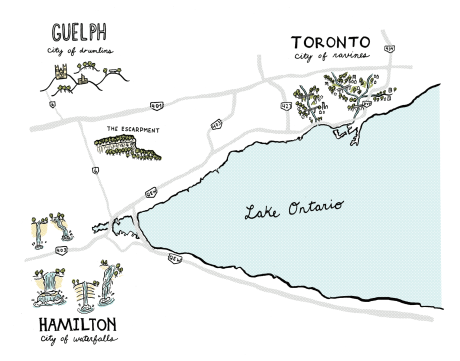
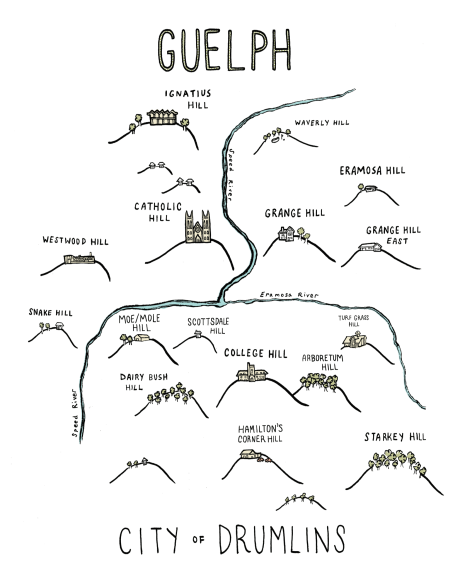

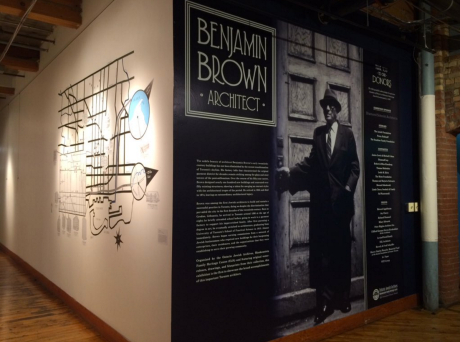
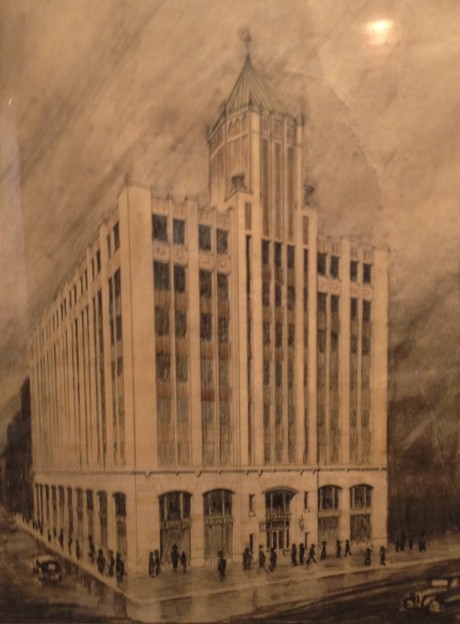
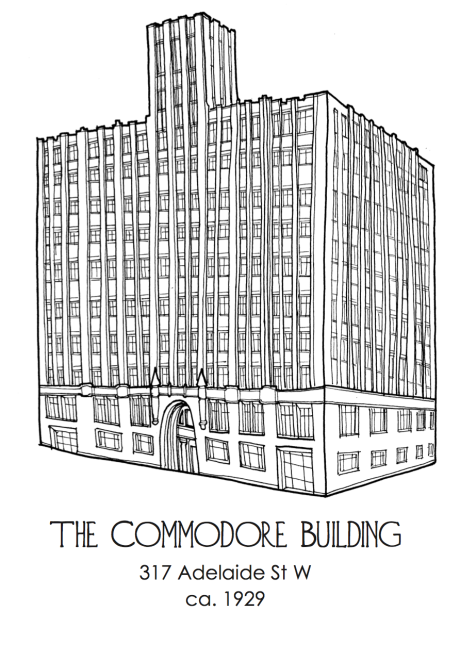 My illustration of the Commodore Building on Adelaide. Unlike Benjamin Brown, I didn’t use a ruler!
My illustration of the Commodore Building on Adelaide. Unlike Benjamin Brown, I didn’t use a ruler!

